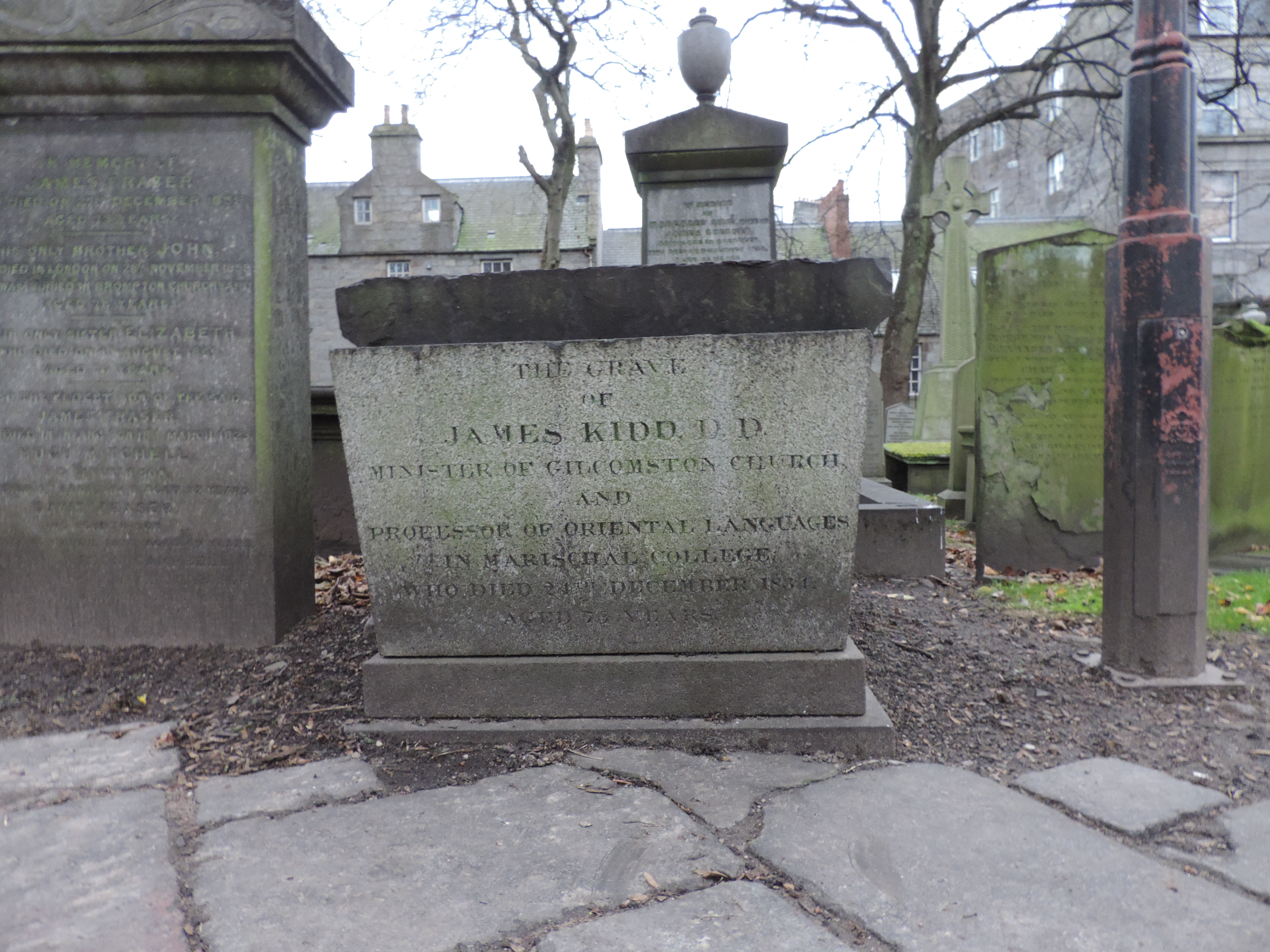

the whole inner spirit and a good deal of the material detail of my first chapters. David Cordingly states that "The effect of Treasure Island on our perception of pirates cannot be overestimated," and says the idea of treasure maps leading to buried treasure "is an entirely fictional device." Stevenson's Treasure Island was directly influenced by Irving's Wolfert Webber, Stevenson saying in his preface, "It is my debt to Washington Irving that exercises my conscience, and justly so, for I believe plagiarism was rarely carried farther. These stories differ widely in plot and literary treatment but are all based on the William Kidd legend. In English fiction there are three well-known stories that helped to popularize the myth of buried pirate treasure: Wolfert Webber (1824) by Washington Irving, The Gold-Bug (1843) by Edgar Allan Poe and Treasure Island (1883) by Robert Louis Stevenson. His bid was unsuccessful, however, and Kidd was hanged as a pirate. Kidd had originally been commissioned as a privateer for England, but his behavior had strayed into outright piracy, and he hoped that his treasure could serve as a bargaining chip in negotiations to avoid punishment. The only pirate known to have actually buried treasure was William Kidd, who is believed to have buried at least some of his wealth on Gardiners Island near Long Island before sailing into New York City.


The Fenn treasure, reportedly buried by millionaire Forrest Fenn in 2010, was found in 2020 in Wyoming. Augustine, Florida.īuried treasure is a cultural concept and not the same as a hoard, which is typically found by archaeologists and metal detectors. The only authenticated treasure chest in the United States is kept at the Pirate Soul Museum in St. For example, extensive excavations on Oak Island have not yielded any treasure. Legends of buried pirate treasure have existed for centuries, but authenticated discoveries are rare. There are cases of buried treasure from different historical periods, such as the Dacian king Decebalus and Visigoth king Alaric I, who both changed the course of rivers to hide their treasures. The idea of treasure maps leading to buried treasure is considered a fictional device. The myth of buried pirate treasure was popularized by fictional stories such as Wolfert Webber, The Gold-Bug, and Treasure Island. Pirates burying treasure was a rare occurrence, with the only known instance being William Kidd, who buried some of his wealth on Gardiners Island. According to popular conception, these people often buried their stolen fortunes in remote places, intending to return to them later (often with the use of a pirate’s treasure map). Howard Pyle illustration of pirates burying Captain Kidd's treasure, from Howard Pyle's Book of Pirates.īuried treasure is a literary trope commonly associated with depictions of pirates, vikings, criminals, and Old West outlaws. For other uses, see Treasure chest (disambiguation).


 0 kommentar(er)
0 kommentar(er)
